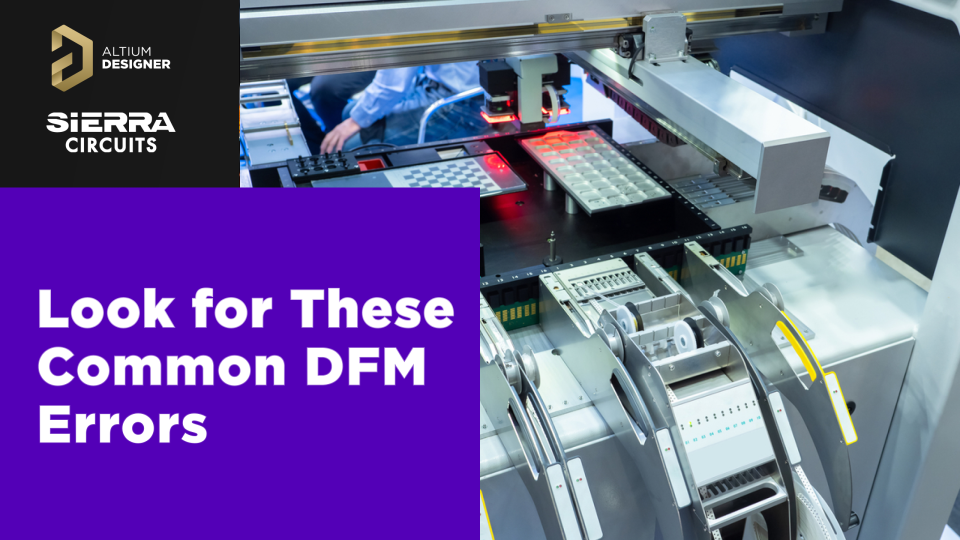Design for Manufacturing (DFM)
Design for manufacturing (DFM) is the process for design engineers to review the design of a product to optimize its dimensions, materials, tolerances and functionality through the most efficient manufacturing means possible.
Filter
found
Sort by



















